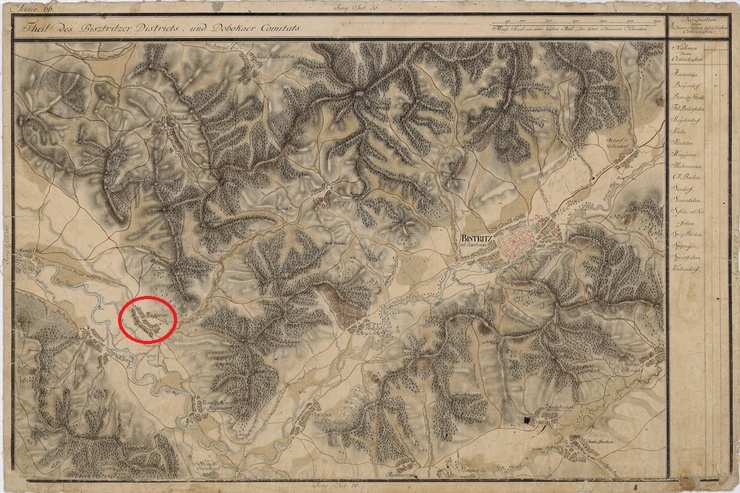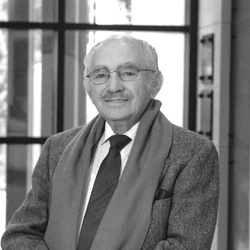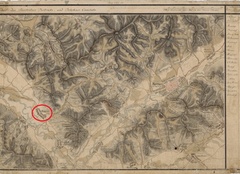Sieu Magherus
Pronounced "Shew Madj-ar-oosh" (German: Ungersdorf, Hungarian: Sajomagyoros)
Jews first settled in Șieu-Măgheruș in the early 1800s.
In 1922 Survivor Zoly Zamir was born into a religious family in the village. Zamir recounted that “the day I was born, my late father was in the synagogue and one of the women that worked in the house had to run fast, fast to tell him that his wife gave birth to a child.” Although Zamir’s father died when he was only four years old, Zamir remembered he had been a fur merchant, collecting pelts and processing them so that once a year he could sell them to a Swedish firm.
At home Zamir’s mother and grandmother maintained traditional customs. Zamir said, “It was an ordeal of doing everything from scratch. Even the baking of the breads were made at home. The milk was made into butter and cheeses at home. The preserves were made at home. Just about everything.” Jewish holidays were also strictly observed. Zamir recalled that, “My grandmother was very strict in lighting the candles on Friday and keeping the Shabbos [Sabbath] as Shabbos.”
This small Jewish community with its traditional ways was one of many destroyed in the Holocaust.
Sieu Magherus: Photographs & Artifacts
-
 Map of the Grand Duchy of Transylvania, 1769-1773. Şieu-Măgheruş is circled in red. At the time the village was known as Magyaros.
Map of the Grand Duchy of Transylvania, 1769-1773. Şieu-Măgheruş is circled in red. At the time the village was known as Magyaros.
Destroyed Communities Memorial Slope
Sieu Magherus: Survivors

I remember the first Saturday that I took a walk with my mother in Tel Aviv in 1948. The stores were all closed and she asked me, ‘Zolyke, is all of this Jewish?’ I said, ‘Yes.’ She was very, very impressed with that, that the stores were Jewish, the police were Jewish. Everybody was Jewish.
